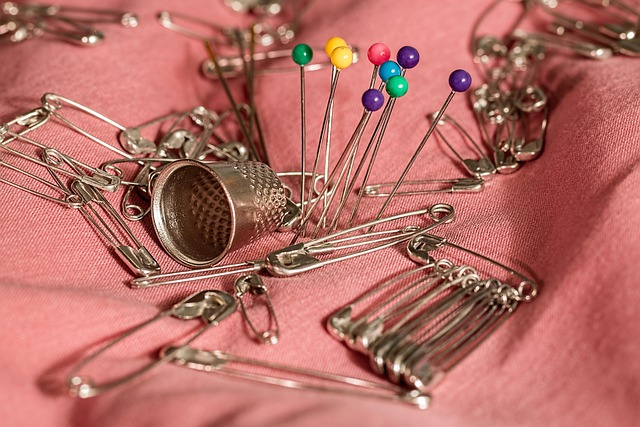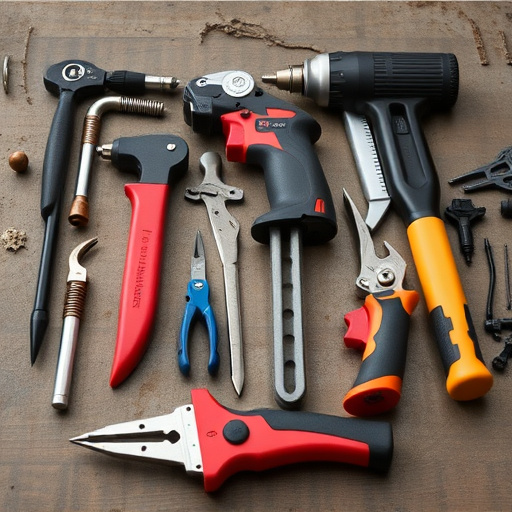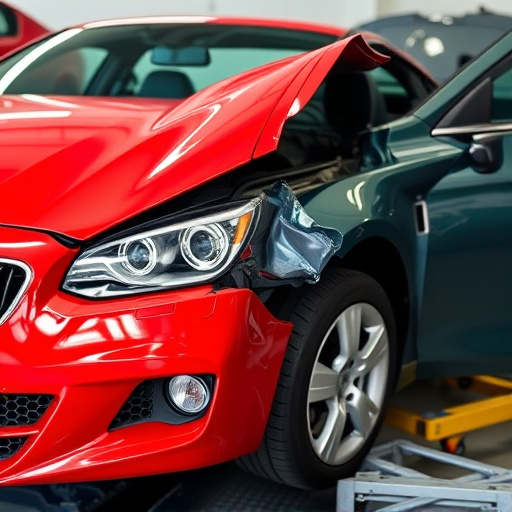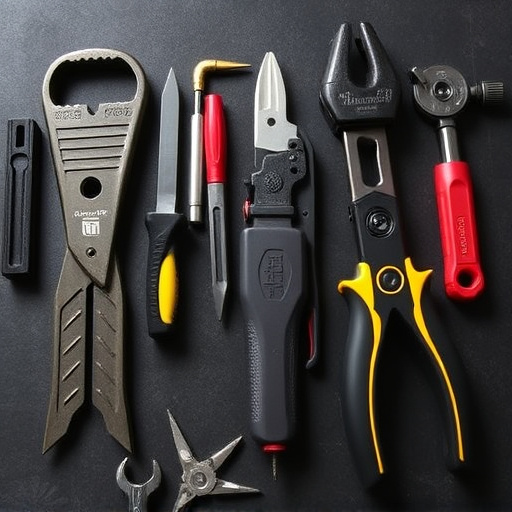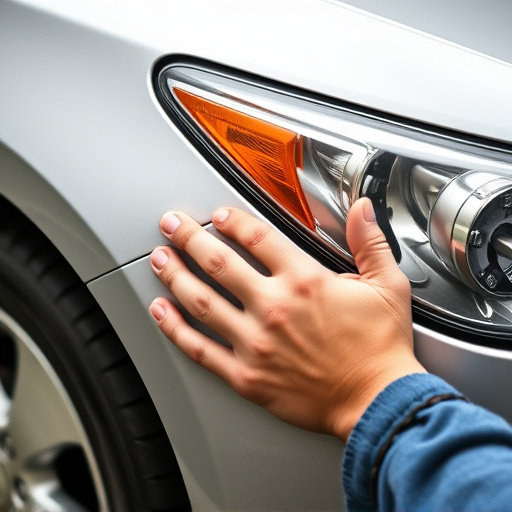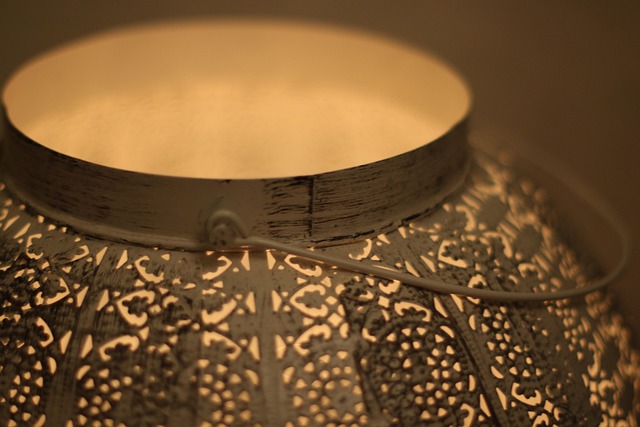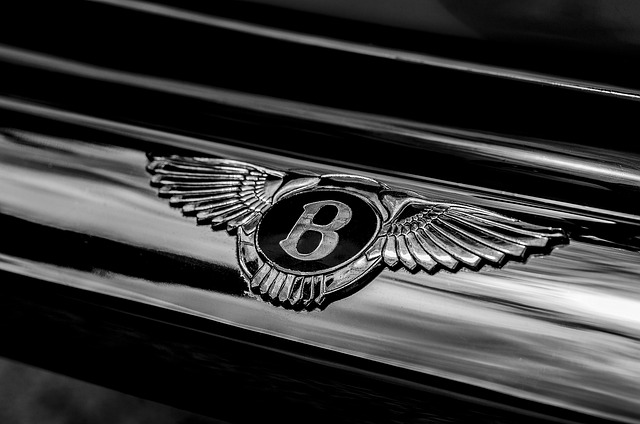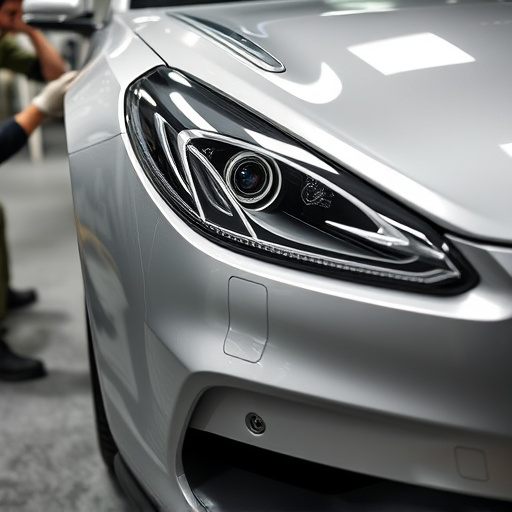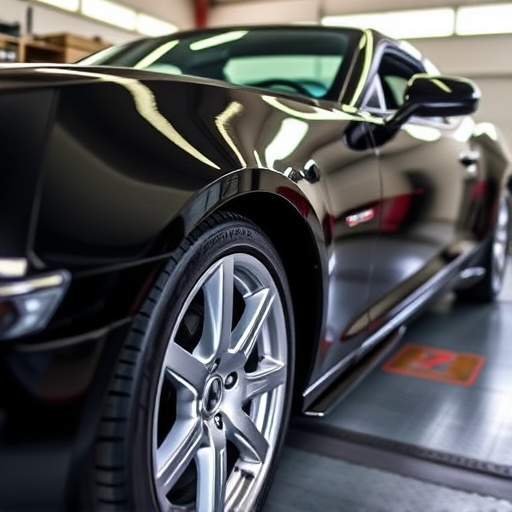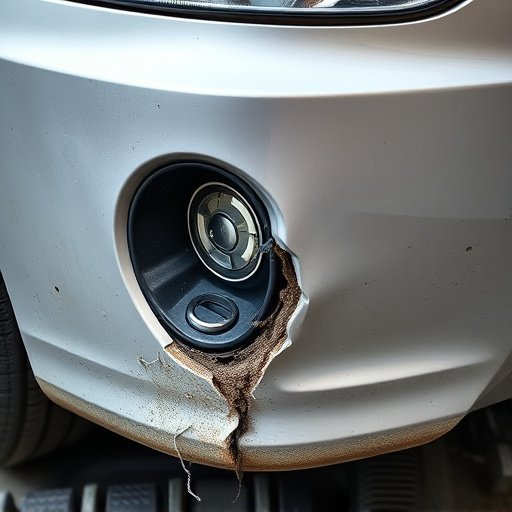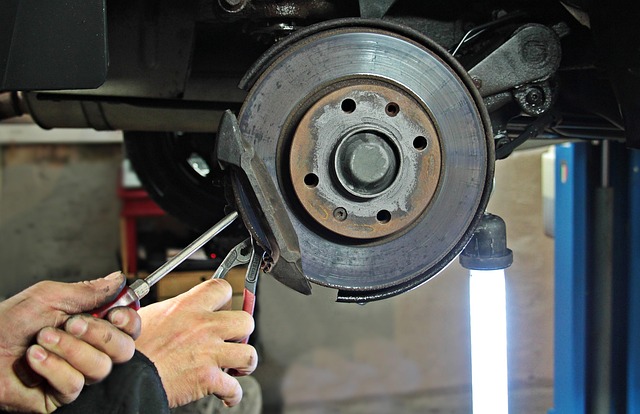Leased vehicles often suffer clear coat damage from everyday use and environmental factors, compromising their aesthetic value and resale potential. Clear coat repair, a meticulous process involving preparation, filling, sanding, and repainting, restores the vehicle's original finish, enhancing its appeal and protecting against future damage. Skilled technicians maximize trade-in values by using advanced techniques and high-quality materials to transform defects into selling points, ensuring vehicles retain market value.
Looking to maximize your lease return or trade-in value? Discover the power of clear coat repair for restoring leased vehicles to like-new condition. This comprehensive guide delves into the common clear coat damage found in leased cars and provides an in-depth look at the repair process. Learn how professional restoration techniques can significantly enhance your vehicle’s resale value, ensuring you get the best return on your investment.
- Understanding Clear Coat Damage in Leased Vehicles
- The Process of Effective Clear Coat Repair
- Maximizing Trade-In Value Through Cosmetic Restoration
Understanding Clear Coat Damage in Leased Vehicles
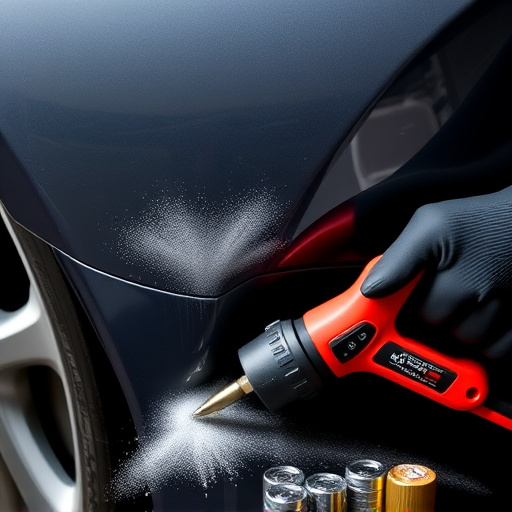
Leased vehicles often face unique challenges when it comes to maintaining their exterior finish. One common issue that lease return and trade-in cars frequently present is clear coat damage. This type of damage, which can range from small scratches to deeper dents and chips, occurs when the top layer of paint, known as the clear coat, becomes compromised. The clear coat serves a crucial role in protecting the base color and adding depth and shine to the vehicle’s finish.
Various factors contribute to clear coat damage, including everyday use, weather conditions, and accidental incidents like car scratches or even hail damage. For leased vehicles, the process of preparation for return often involves meticulous detail work. Effective clear coat repair techniques are essential to restore not only the vehicle’s aesthetic appeal but also its resale value. By addressing clear coat damage promptly and professionally, using methods like car scratch repair or collision damage repair, lessees can ensure their vehicles are in optimal condition for return, maximizing their lease-end compensation.
The Process of Effective Clear Coat Repair
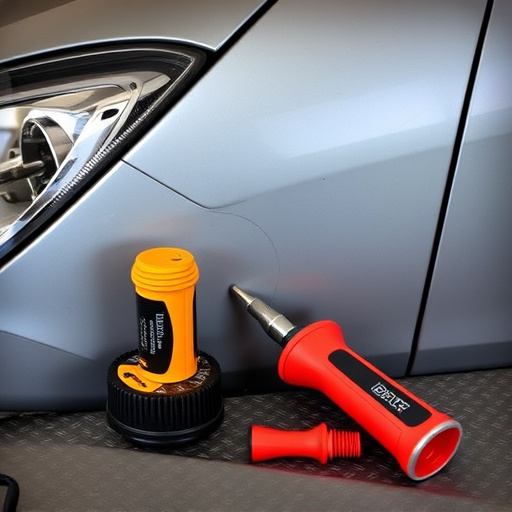
The process of effective clear coat repair involves several meticulous steps to ensure a flawless finish. It begins with thorough inspection and preparation of the damaged area, removing any loose debris or contaminants. This initial phase is crucial for achieving long-lasting results. After cleaning and sanding, the technician applies a thin layer of body filler to smoothen the surface, addressing both scratches and minor dents. Once dry, this filler is lightly sanded again to achieve a seamless blend with the existing clear coat.
The heart of clear coat repair lies in the application of high-quality clear coat paint, which seamlessly matches the vehicle’s original finish. This involves precise spraying techniques and careful monitoring of temperature and humidity levels for optimal drying. Skilled technicians use specialized tools to ensure even coating, filling any microscopic imperfections. As a result, the repaired area gains not just aesthetic appeal but also enhanced durability, protecting the car’s surface from future damage during lease returns or trade-ins.
Maximizing Trade-In Value Through Cosmetic Restoration
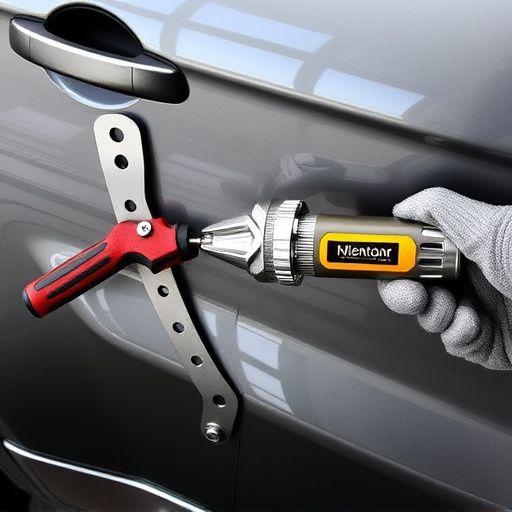
Maximizing Trade-In Value Through Cosmetic Restoration
When it comes to lease returns and trade-ins, the condition of a vehicle plays a significant role in its overall value. One effective strategy to enhance a car’s trade-in potential is through meticulous clear coat repair and cosmetic restoration. Skilled technicians can address minor scratches, dents, and chips in the paintwork, transforming these issues from drawbacks into selling points. By utilizing advanced techniques and high-quality materials, car paint services can restore a vehicle’s original luster, making it more appealing to potential buyers.
Clear coat repair goes beyond mere aesthetics; it’s a crucial step in preserving the investment made by both the lessee and the dealership. Properly executed autobody repairs not only improve the visual appeal but also protect the underlying surface from further damage. This process ensures that the vehicle retains its market value, maximizing the return for all parties involved.
Clear coat repair is a vital step in maximizing the value of leased vehicles at lease returns and trade-ins. By understanding the common types of clear coat damage and implementing effective repair processes, auto body shops can restore cosmetic appeal and enhance vehicle resale value. This not only benefits rental car companies and dealers but also provides drivers with the peace of mind that their vehicle is in top condition. Embracing the art of clear coat restoration ensures a smoother transition for vehicles from the road to the next owner.

